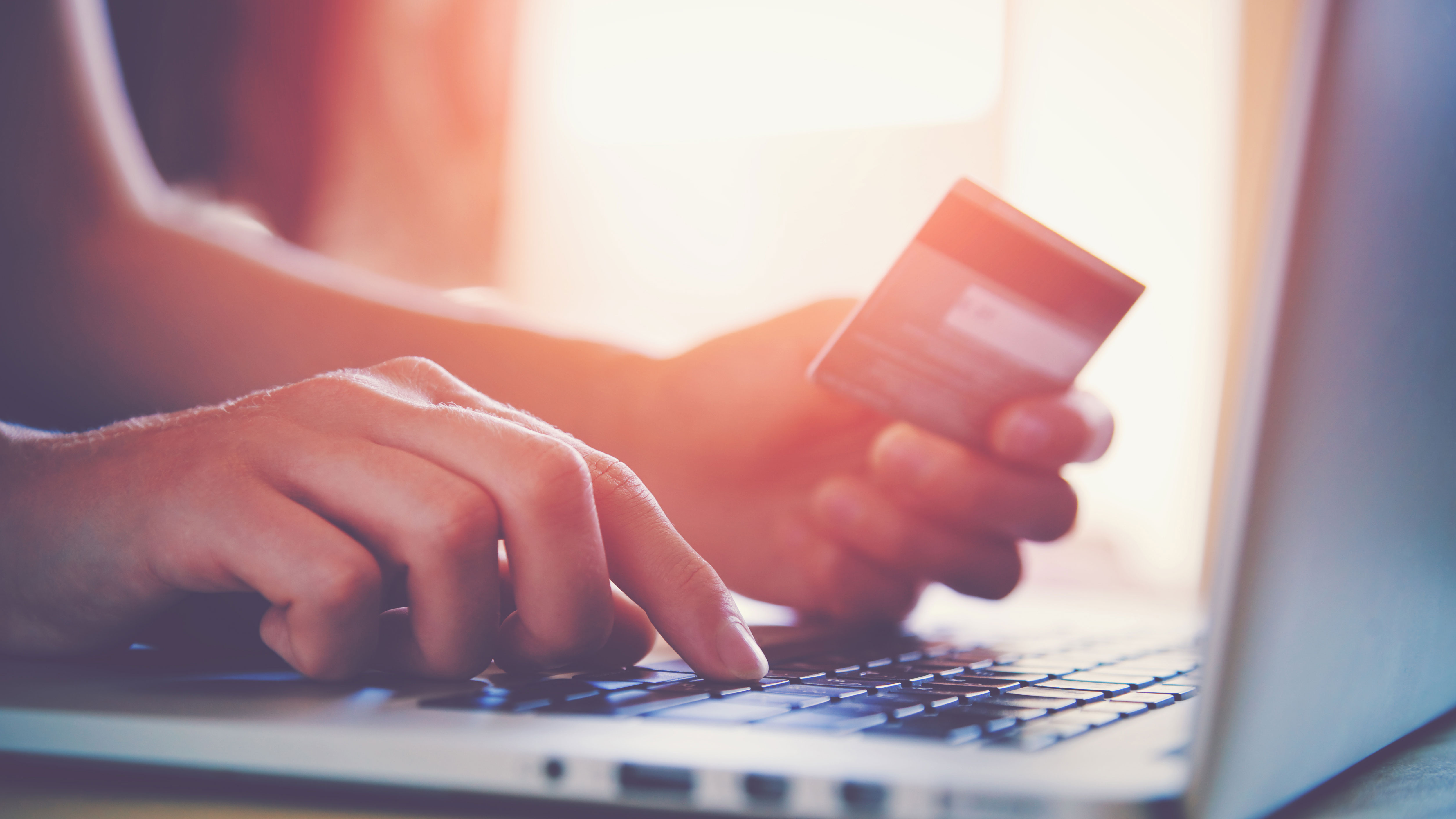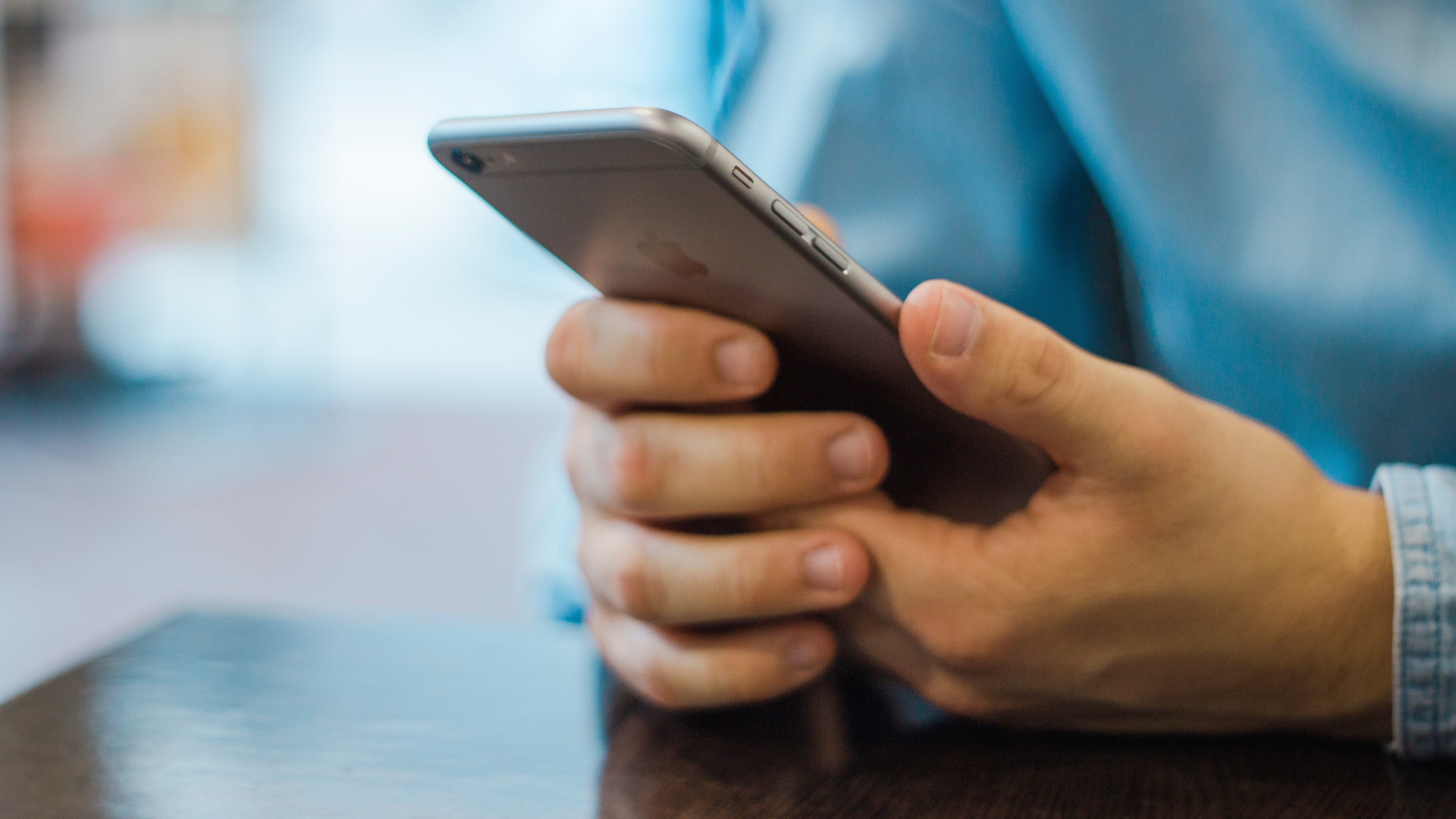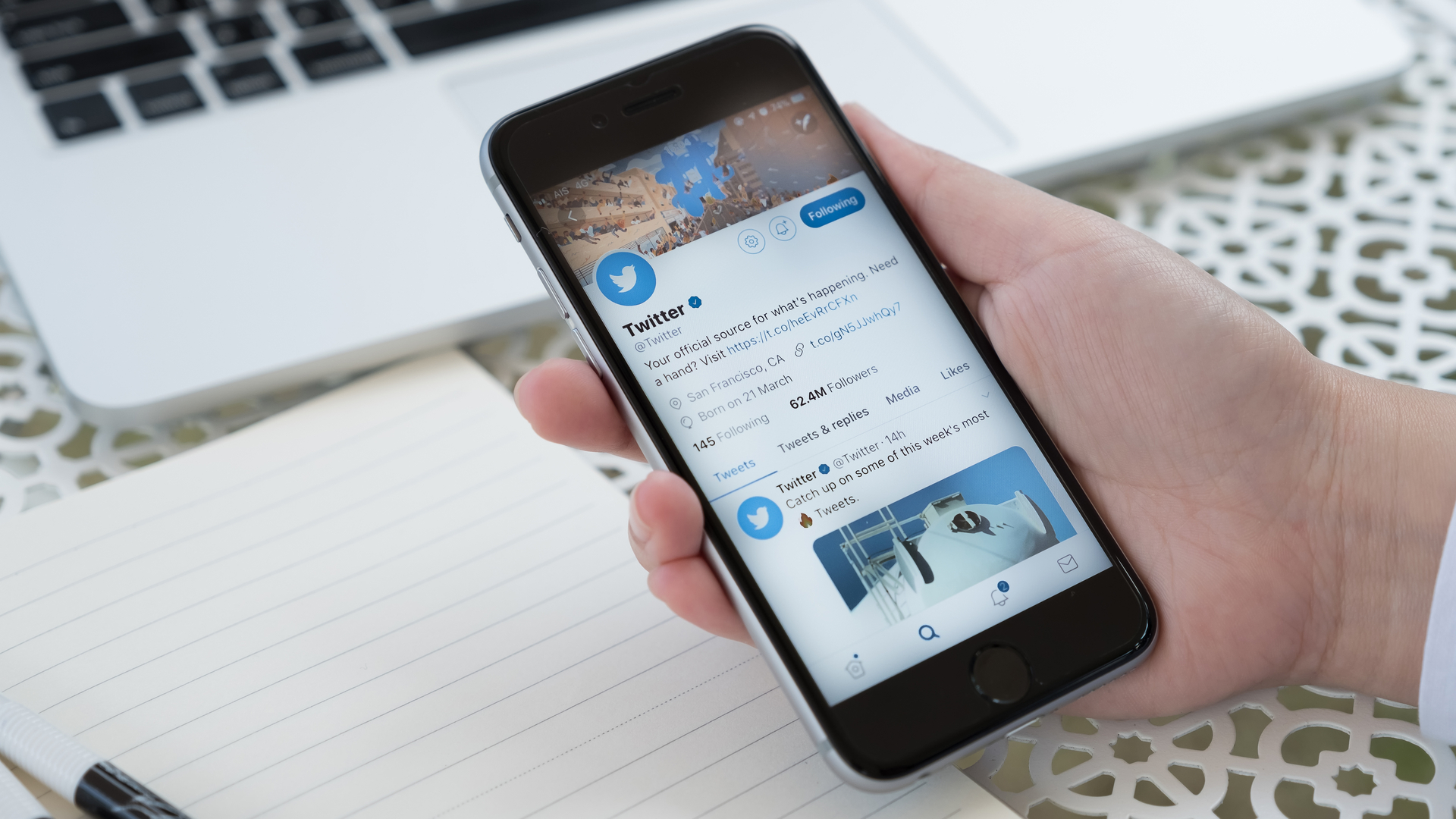Why your computer, not your smartphone, is the key to big Black Friday purchases

When you’re searching through Black Friday deals, it’s likely you’re doing so on mobile or desktop – over the last few years, shopping trends have massively skewed towards buying products online rather than in person, as it’s easier to shop on the go or when you’re bored in a meeting.
On top of that, mobile shopping is gradually gaining ground on desktop browsing, and now new data has come out that explores how people spend their money online over Black Friday.
This data comes from Adobe Analytics, which conducted a report on holiday shopping trends, including Black Friday, Cyber Monday and Christmas. Included are a few stats regarding online shopping, comparing mobile and desktop purchases, and it might help you decide how to shop over the Black Friday season.
You use your PC for big Black Friday purchases
One of the most notable stats from Adobe’s report explored what platform you use to make big or small purchases, and the result is revealing. Adobe found that people shopping on desktops had ‘carts’ that were 28% more expensive than on phones.

By ‘carts’ we mean the entire basket when you reach the checkout, and this usually came from people buying more expensive products on a desktop, with phones reserved for cheaper items.
The divide between purchase sizes is, according to Adobe, because shopping on a computer makes it a lot easier to do research around your product – for example, you might buy some new shirts on your phone because you only need to see the picture to know how good they are for you, but if you’re looking to buy a new TV, it’s worth doing more thorough research to see if it's worth lots of your hard-earned money.
If you’re in the latter camp and want to make a big purchase that you’ve researched for, you’re in the right place. TechRadar gives expert reviews on all the best product in any given tech category, so search around our site to research the best laptop, smartphone, TV, games console, speaker or more.
Another reason people may prefer computers over desktop is because Adobe found people considered desktop checkouts easier to use than mobile ones, which encouraged people to hunt down the best deals on mobile but actually make the purchase from the comfort of their mouse and keyboard.
New Black Friday spending be on phones
At the moment, roughly 54% online sales are on desktop compared to just 38% on smartphone (and the rest on tablet) according to Adobe, but more stats show this could change very soon.

The report suggests that of all the new spending in 2019, compared to 2018, three quarters of it will be done on smartphones. That’s $14bn of the roughly $19bn new money spent that wasn’t changing hands last year – a significant amount.
Note that we refer to ‘spending’, or amount spent rather than 'purchases', or number of things bought. This is because only half of new purchases will be made from phones. What does this mean? Well, it seems people will be buying a few more Black Friday treats, but spending a lot more money on them, suggesting these will be more expensive products.
So while traditionally people have used computers to make bigger purchases, this could be changing in 2019.
People are more efficient at shopping on phones
Checking for Black Friday deals on your phone has one advantage that might make it preferable for you – according to Adobe’s statistics, it takes you a lot less time on a phone to find that great Black Friday bargain compared to on desktop (and, of course, in real life too).
When you’re checking for Black Friday deals now, you'll spend 11% less time compared to 2016, and you’ll visit 16% fewer different pages. Despite this, spending-per minute is a whopping 63% higher now.

Clearly websites have found ways to be more efficient when it comes to marketing their discounted products, putting them front and center so people can see them better. Also, with more website creating mobile-specific user interfaces and smartphone use getting more ingrained in our culture, it’s likely it’s just easier to navigate the web on a phone too.
It’s different news for social media though, because while there are loads of great social media pages to follow for deals, and people will follow links that are posted, they won't usually spend money as a result. Roughly 11% of visits to deals pages comes from social media posts, which is triple that of 2016, however only about 4% of actual revenue came from these posts.
It’s clear then that people aren’t as influenced by influencers as we’d believe, especially given that 57% of people admitted they’d got purchase inspiration from social media, but only 20% actually made purchases based on this. Is influencer culture a bit of a fad then? Over Black Friday it is, at least.
In the next few years, phone spending could trump desktop spending – in fact, Adobe estimates this could happen by Christmas 2019 – and with it our spending habits change too. It’s worth checking out the full study then, so you can fully understand how your platform of choice pushes you to spend in different ways.
Sign up for breaking news, reviews, opinion, top tech deals, and more.

Tom Bedford joined TechRadar in early 2019 as a staff writer, and left the team as deputy phones editor in late 2022 to work for entertainment site (and TR sister-site) What To Watch. He continues to contribute on a freelance basis for several sections including phones, audio and fitness.